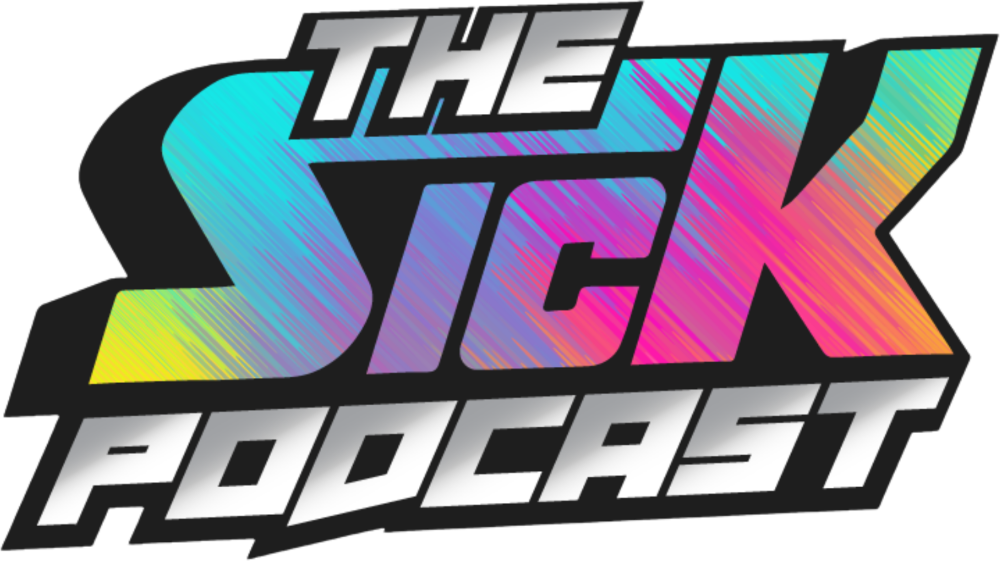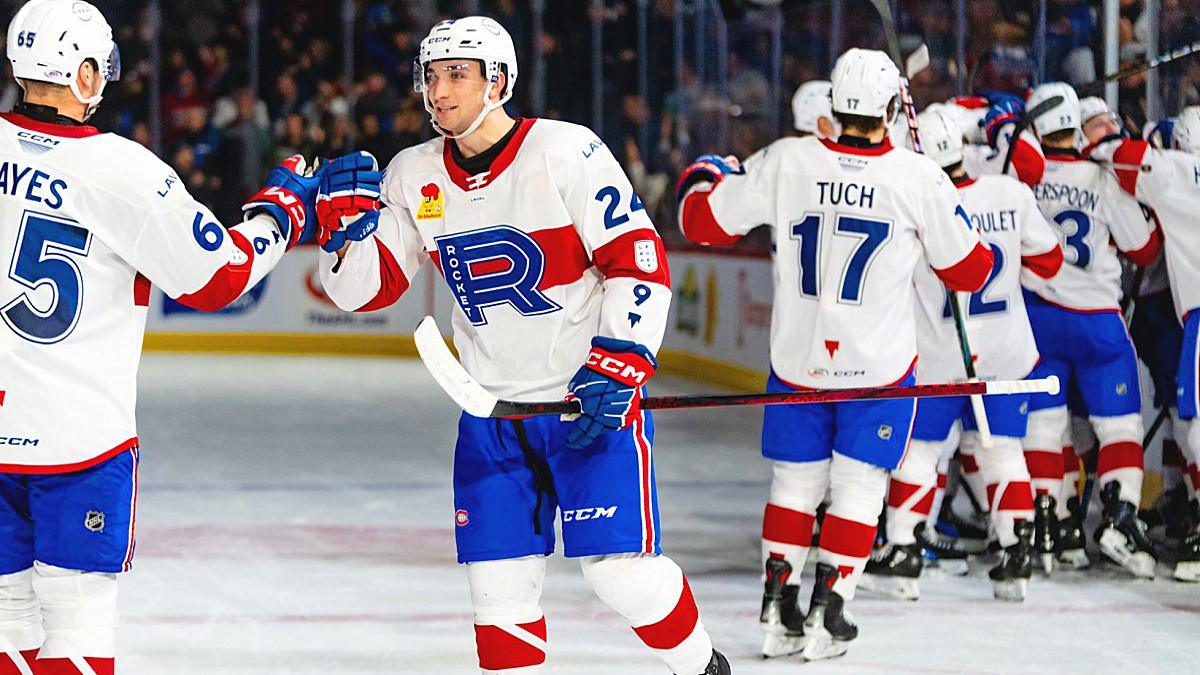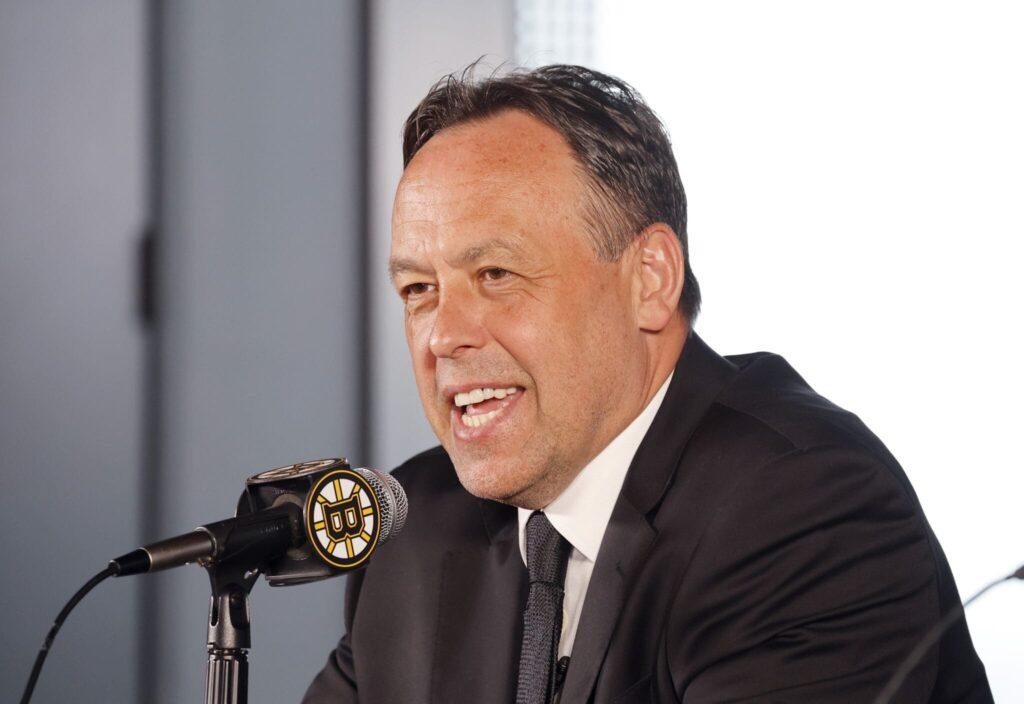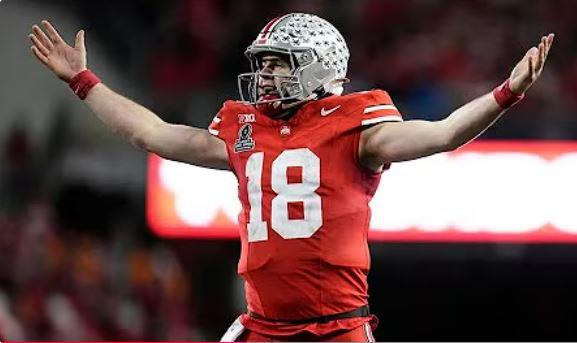They are everywhere in pro sports but seem to be more and more prominent when it comes to hockey prospects. “Reinbacher will not be a top-pairing defenseman,” “Mailloux will never be a top-four,” “The Habs don’t have top-end prospects.” Statements like these are thrown around with such confidence by self-proclaimed experts online that many fans take them as undeniable truths. But the reality is far different.
And as the Montreal Canadiens seem to be heading for a fourth consecutive Trade Deadline as sellers, fans will once again turn to those gurus to hype the values of draft picks and set their minds on the names being advanced.
The Ever-Growing Issue of Internet Experts and Crystal Ball Readers
The internet has transformed hockey writing and analysis, making information more accessible than ever before. However, it has also given rise to a flood of misinformation, particularly in the realm of prospect evaluation. Bloggers, social media influencers, and self-proclaimed draft gurus have positioned themselves as experts, despite lacking the tools, training, experience, and access that NHL scouts and executives have at their disposal. That being said, some individuals, like my colleague Grant McCagg from The Sick Podcast, do have legitimate scouting backgrounds and provide valuable insight. The issue, however, is league-wide and extends far beyond just a few credible voices.
The Limitations of Amateur Scouting
Player development is not linear. It’s hard enough to decipher who the best prospects are while playing in the same league at the same age, let alone trying to rank them across different CHL leagues. Then try comparing them to NCAA players or those in European junior leagues. To make matters even more complicated, consider the challenge of evaluating 17- and 18-year-olds playing in European professional leagues.
Yet, despite these immense challenges, many internet analysts believe they can confidently predict a prospect’s NHL future based on a few highlight clips, a handful of games, or analytics that only tell part of the story. The truth is, even for professional NHL scouts, determining which players will develop into impact NHLers is an extraordinarily difficult task.
What NHL Scouts Have That Internet Analysts Don’t
Evaluating a prospect goes far beyond watching game footage or compiling statistics. NHL teams have entire scouting departments dedicated to assessing players from every possible angle. The Montreal Canadiens, for example, employ a variety of specialists to evaluate their prospects properly. They have access to:
- Live Scouting: Watching a game in person provides insight that video cannot—how a player reacts away from the puck, their in-game adjustments, and their true skating ability.
- Interviews with Coaches & Teammates: The Canadiens’ scouting staff gathers firsthand accounts of a player’s work ethic, character, and coachability.
- Psychological Evaluations: The Canadiens employ team sports psychologist Dr. David Scott to assess a prospect’s mental makeup and ability to handle adversity.
- Fitness and Medical Reports: A player’s physical development and injury history play a massive role in their future potential.
- Development Projection: Scouts don’t just assess where a player is today—they evaluate where they might be at their peak, which often comes between ages 23-28.
These are invaluable resources that internet analysts simply do not have. Yet, many fans put more stock in an influencer’s opinion than in the evaluations of professionals who have dedicated their careers to prospect scouting.
The Unpredictability of Player Development
History has shown time and again that projecting NHL careers is far from an exact science. Late-round picks often outperform first-round selections, and so-called “can’t-miss” prospects sometimes never pan out. Consider:
- Brendan Gallagher (5th round, 147th overall, 2010): Passed over by nearly every team multiple times, Gallagher’s relentless work ethic turned him into a top-six NHL forward and alternate captain for the Montreal Canadiens.
- Jake Evans (7th round, 207th overall, 2014): Few expected Evans to carve out an NHL career, yet his two-way play and hockey IQ have made him an important depth player for the Canadiens.
- Nail Yakupov (1st overall, 2012): A consensus top pick, Yakupov never developed into the elite player he was projected to be and was out of the NHL by 2018.
- Alex Galchenyuk (3rd overall, 2012): Another highly touted prospect who showed flashes of potential but never reached the consistent star level expected of him.
These examples highlight why absolute statements about young players should be taken with skepticism. Development is influenced by countless factors, many of which are impossible to measure from a distance.
The Danger of Misinformation
When internet analysts make bold claims about prospects, they shape public perception in ways that can be damaging. Fans who repeatedly hear that a player “has no upside” or “will never be a top-pairing defenseman” start to believe it, often without critically examining the credentials of the person making the claim. This can lead to unnecessary pressure on young players, misplaced frustration from fan bases, and an overall distorted view of how player development truly works.
No, scouts don’t have all of the answers. But they have more access to key information than anyone watching videos. With these tools, they don’t try to determine who is best at 17 or 18, but to assess, to the best of their abilities, when these teenagers will reach their peaks in development, an almost impossible task.
Hockey is a sport where patience is often rewarded. Jumping to conclusions about a player before they’ve had time to develop is a mistake even NHL teams make from time to time. Fans should be cautious about who they listen to and remember that real scouting is a complex, multi-layered process—one that no amount of YouTube clips or stat sheets can fully replace. In Montreal’s case, the Canadiens have invested in a thorough and methodical approach to prospect development, one that extends far beyond the surface-level assessments seen on social media.





